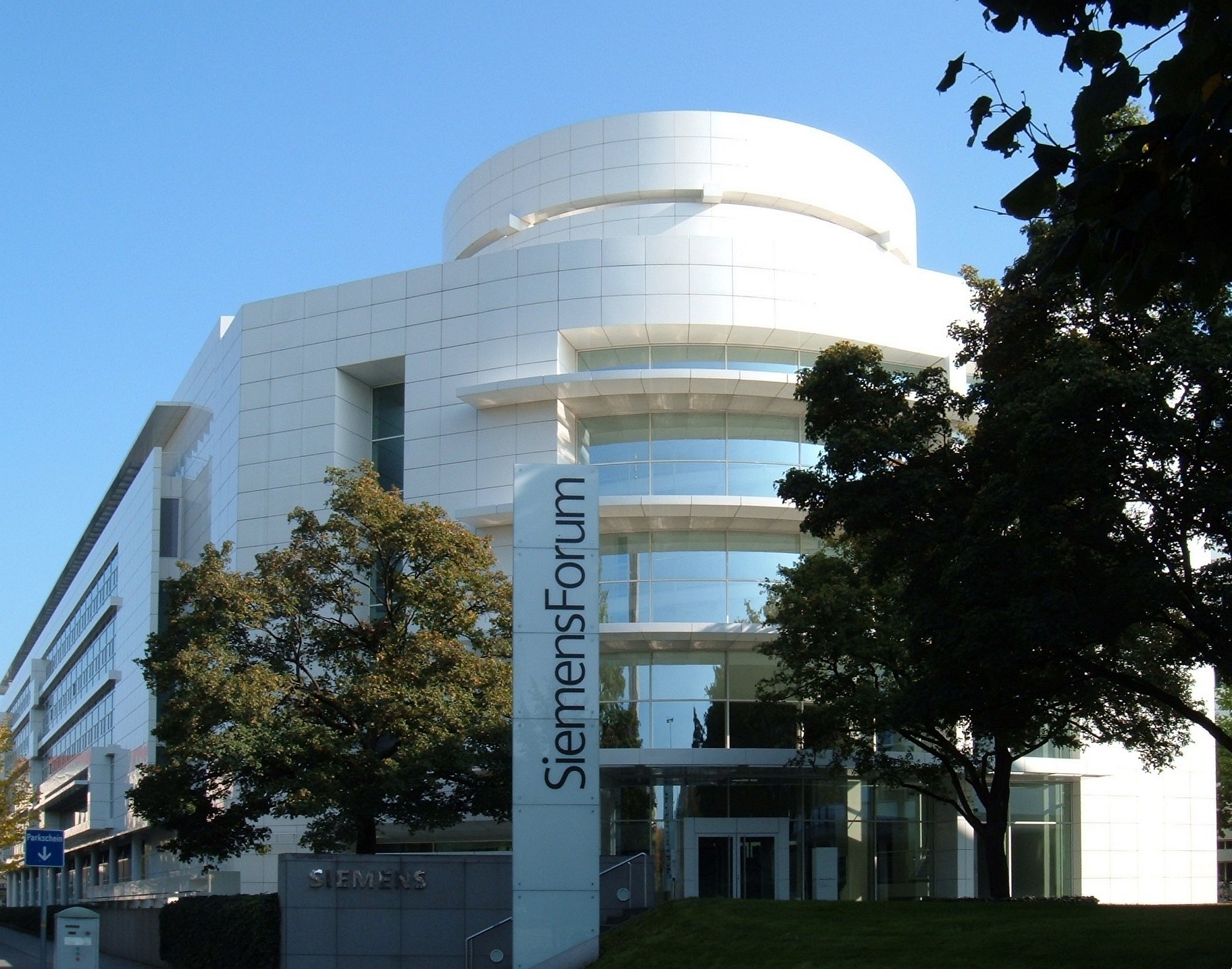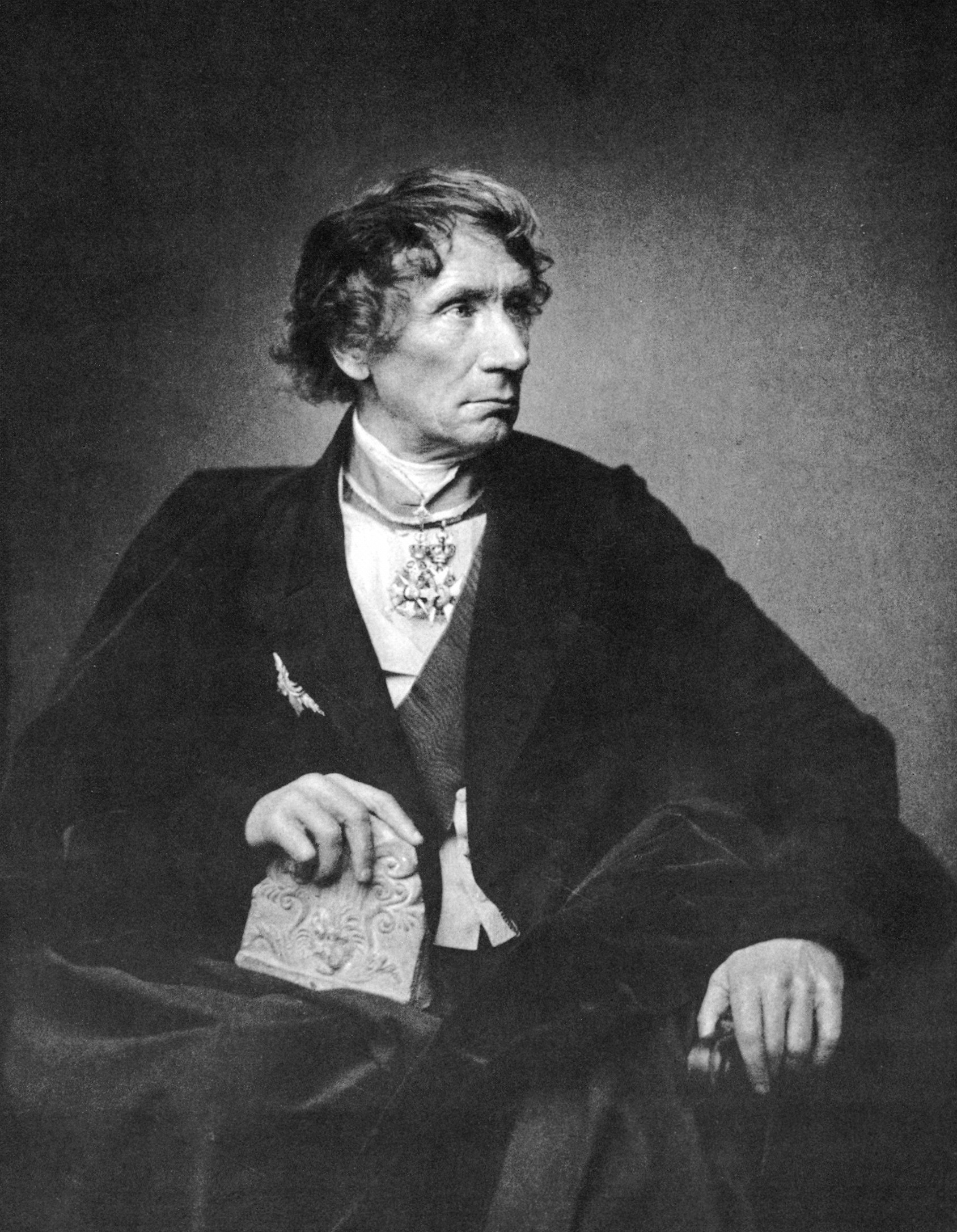|
Palais Ludwig Ferdinand
The Palais Ludwig Ferdinand (also called the Alfons Palais and the Siemens Palais) is an early 19th-century palace in Munich, Germany, designed by Leo von Klenze. It is located on the Wittelsbacherplatz (at number 4) but forms part of an ensemble with the buildings on the west side of the Odeonsplatz. It was Klenze's own residence, then belonged to Princes Alfons and Ludwig Ferdinand of Bavaria. It is now the headquarters of Siemens. The palace was built in 1825–26 for Karl Anton Vogel, a manufacturer of gold and silver thread, to a plan by Franz Xaver Widmann and with façades by Leo von Klenze, who lived on the piano nobile for 25 years."13. Ludwig-Ferdinand-Palais, Wittelsbacherplatz 4, 1825/26", Michael Hardi, ''Leo-von-Klenze-Pfad: ein Rundgang durch die Münchner Innenstadt'', 2nd ed. Munich: Bavarian Ministry of the Interior, 2009, pdf p. 23 Klenze had originally intended the site for the first Protestant church in Munich, but that was later built elsewhere by Joha ... [...More Info...] [...Related Items...] OR: [Wikipedia] [Google] [Baidu] |
Odeon (Munich)
The Odeon is a former concert hall in the Odeonsplatz in Munich, Bavaria, Germany, which is named after it. Built in the early 19th century to a design by Leo von Klenze and forming a counterpoint to the externally identical Palais Leuchtenberg, it was rebuilt after being almost totally destroyed in World War II and now houses the Bavarian Ministry of the Interior. History The Odeon was built in 1826–1828 on a commission from King Ludwig I of Bavaria and was originally a concert hall and ballroom. Klenze designed the exterior as an identical counterpart to that of the Palais Leuchtenberg, so that there was no outward indication of its function.Geschichte des Odeons: von Leo von Klenze bis heute , Bavarian Ministry of the Interior , with historical photographs and plan. The au ... [...More Info...] [...Related Items...] OR: [Wikipedia] [Google] [Baidu] |
SiemensForum München
SiemensForum München was located in Munich, Bavaria, Germany. It was built in 1998 by Richard Meier. The building with 43.000 m2 floor space is part of the block between Finken Str., Kardinal Doepfner Str. and Oskar-von-Miller Ring, which housed the Siemens Siemens AG ( ) is a German multinational technology conglomerate. It is focused on industrial automation, building automation, rail transport and health technology. Siemens is the largest engineering company in Europe, and holds the positi ... headquarters until 2016. In 1999, the historical exhibition of Siemens was opened in this building. It closed in 2016 and the exhibition moved to the new headquarters building in Munich. References Buildings and structures in Munich Maxvorstadt Richard Meier buildings {{Bavaria-struct-stub ... [...More Info...] [...Related Items...] OR: [Wikipedia] [Google] [Baidu] |
Internet Archive
The Internet Archive is an American 501(c)(3) organization, non-profit organization founded in 1996 by Brewster Kahle that runs a digital library website, archive.org. It provides free access to collections of digitized media including websites, Application software, software applications, music, audiovisual, and print materials. The Archive also advocates a Information wants to be free, free and open Internet. Its mission is committing to provide "universal access to all knowledge". The Internet Archive allows the public to upload and download digital material to its data cluster, but the bulk of its data is collected automatically by its web crawlers, which work to preserve as much of the public web as possible. Its web archiving, web archive, the Wayback Machine, contains hundreds of billions of web captures. The Archive also oversees numerous Internet Archive#Book collections, book digitization projects, collectively one of the world's largest book digitization efforts. ... [...More Info...] [...Related Items...] OR: [Wikipedia] [Google] [Baidu] |
Ernst Von Siemens
Ernst Albrecht von Siemens (9 April 1903 in Kingston upon Hull, England – 31 December 1990 in Starnberg) was a German industrialist. Life Siemens was born in England when his father Carl Friedrich von Siemens was director of Siemens Brothers and returned to Germany after his father became head of Siemens-Schuckertwerke. He studied physics at Technical University of Munich. He joined Siemens in 1929, beginning his career at the Werner Plant for Telecommunications in Berlin. After being a deputy member of the Managing Board of Siemens & Halske for five years starting in 1944, he became a full member in 1948 and was appointed chairman in 1949. In 1945 he became a deputy member of the Managing Board of Siemens-Schuckertwerke, and a full member in 1948. From 1956 to 1966, he served as chairman of the Supervisory Board of both companies, and from 1966 to 1971 as chairman of the Supervisory Board of Siemens AG. After stepping down as chairman, he remained an honorary member of the ... [...More Info...] [...Related Items...] OR: [Wikipedia] [Google] [Baidu] |
Hermann Von Siemens
Hermann von Siemens (9 August 1885 in Berlin – 13 October 1986 in Munich) was a German industrialist of the Siemens family. Life He was the eldest son of Arnold von Siemens who himself was the eldest son of Werner von Siemens, the famous inventor and founder of ''Siemens & Halske'', later to become the present-day Siemens AG. Hermann's mother Ellen, née von Helmholtz, was a daughter of Werner's close friend Hermann von Helmholtz, after whom his grandson was named. He was the eldest of five children. After studying physical chemistry at Heidelberg University and becoming PhD, Hermann von Siemens started his career as an employee of the physical-chemical laboratory of Siemens & Halske, Berlin. In Heidelberg Siemens joined the student fraternity Leonensia. In 1928 he became a member of the management board of Siemens & Halske. In 1929 he took over responsibility for the central laboratory of the company. He significantly contributed to the development of teleprinters. In 1935 he ... [...More Info...] [...Related Items...] OR: [Wikipedia] [Google] [Baidu] |
Casino
A casino is a facility for gambling. Casinos are often built near or combined with hotels, resorts, restaurants, retail shops, cruise ships, and other tourist attractions. Some casinos also host live entertainment, such as stand-up comedy, concerts, and sports. Etymology and usage ''Casino'' is of Italian language, Italian origin; the root means a house. The term ''casino'' may mean a small country villa, Summerhouse (building), summerhouse, or social club. During the 19th century, ''casino'' came to include other public buildings where pleasurable activities took place; such edifices were usually built on the grounds of a larger Italian villa or palazzo, and were used to host civic town functions, including dancing, gambling, music listening, and sports. Examples in Italy include Villa Farnese and Villa Giulia, and in the US the Newport Casino in Newport, Rhode Island. In modern-day Italian, a is a brothel (also called , literally "closed house"), a mess (confusing situation), ... [...More Info...] [...Related Items...] OR: [Wikipedia] [Google] [Baidu] |
Siemens & Halske
Siemens & Halske AG (or Siemens-Halske) was a German electrical engineering company that later became part of Siemens. It was founded on 12 October 1847 as ''Telegraphen-Bauanstalt von Siemens & Halske'' by Werner von Siemens and Johann Georg Halske. The company, located in Berlin-Kreuzberg, specialised in manufacturing electrical telegraphs according to Charles Wheatstone's patent of 1837. In 1848, the company constructed one of the first European telegraph lines from Berlin to Frankfurt am Main. Siemens & Halske was not alone in the realm of electrical engineering. In 1887, Emil Rathenau had established '' Allgemeine Elektrizitäts-Gesellschaft'' (AEG), which became a long-time rival. In 1881, Siemens & Halske built the Gross-Lichterfelde Tramway, the world's first electric streetcar line, in the southwestern Lichterfelde suburb of Berlin, followed by the Mödling and Hinterbrühl Tram near Vienna, the first electrical interurban tram in Austria-Hungary. 1882 saw the o ... [...More Info...] [...Related Items...] OR: [Wikipedia] [Google] [Baidu] |
Der Spiegel
(, , stylized in all caps) is a German weekly news magazine published in Hamburg. With a weekly circulation of about 724,000 copies in 2022, it is one of the largest such publications in Europe. It was founded in 1947 by John Seymour Chaloner, a British army officer, and Rudolf Augstein, a former ''Wehrmacht'' radio operator who was recognized in 2000 by the International Press Institute as one of the fifty World Press Freedom Heroes. is known in German-speaking countries mostly for its investigative journalism. It has played a key role in uncovering many political scandals such as the ''Spiegel'' affair in 1962 and the Flick affair in the 1980s. The news website by the same name was launched in 1994 under the name '' Spiegel Online'' with an independent editorial staff. Today, the content is created by a shared editorial team and the website uses the same media brand as the printed magazine. History The first edition of was published in Hanover on Saturday, 4 Januar ... [...More Info...] [...Related Items...] OR: [Wikipedia] [Google] [Baidu] |
World War II
World War II or the Second World War (1 September 1939 – 2 September 1945) was a World war, global conflict between two coalitions: the Allies of World War II, Allies and the Axis powers. World War II by country, Nearly all of the world's countries participated, with many nations mobilising all resources in pursuit of total war. Tanks in World War II, Tanks and Air warfare of World War II, aircraft played major roles, enabling the strategic bombing of cities and delivery of the Atomic bombings of Hiroshima and Nagasaki, first and only nuclear weapons ever used in war. World War II is the List of wars by death toll, deadliest conflict in history, causing World War II casualties, the death of 70 to 85 million people, more than half of whom were civilians. Millions died in genocides, including the Holocaust, and by massacres, starvation, and disease. After the Allied victory, Allied-occupied Germany, Germany, Allied-occupied Austria, Austria, Occupation of Japan, Japan, a ... [...More Info...] [...Related Items...] OR: [Wikipedia] [Google] [Baidu] |
University Of Munich
The Ludwig Maximilian University of Munich (simply University of Munich, LMU or LMU Munich; ) is a public university, public research university in Munich, Bavaria, Germany. Originally established as the University of Ingolstadt in 1472 by Duke Ludwig IX of Bavaria-Landshut, it is Germany's List of universities in Germany, sixth-oldest university in continuous operation. In 1800, the university was moved from Ingolstadt to Landshut by King Maximilian I Joseph of Bavaria when the city was threatened by the French, before being transferred to its present-day location in Munich in 1826 by King Ludwig I of Bavaria. In 1802, the university was officially named Ludwig-Maximilians-Universität by King Maximilian I of Bavaria in honor of himself and Ludwig IX. LMU is currently the second-largest university in Germany in terms of student population; in the 2023/24 winter semester, the university had a total of 52,972 matriculated students. Of these, 10,138 were freshmen, while internati ... [...More Info...] [...Related Items...] OR: [Wikipedia] [Google] [Baidu] |
Palais Leuchtenberg
The Palais Leuchtenberg, (known between 1853 and 1933 as the Luitpold Palais or Prinz Luitpold Palais) built in the early 19th century for Eugène de Beauharnais, first Duke of Leuchtenberg, is the largest palace in Munich. Located on the west side of the Odeonsplatz (Odeon Square), where it forms an ensemble with the Odeon, it currently houses the Bavarian State Ministry of Finance. It was once home to the Leuchtenberg Gallery on the first floor. History Palace by Leo von Klenze Eugène de Beauharnais, the brother-in-law of the later King Ludwig I of Bavaria and the stepson of Napoleon, commissioned Leo von Klenze to build a "suburban city palace". Constructed between 1817 and 1821 at a cost of 770,000 guilders (the entire construction budget for Bavaria in 1819), it was the largest palace of the era, with more than 250 rooms including a ballroom, a theatre, a billiard room, an art gallery, and a chapel, plus a number of outbuildings extending for over down what is no ... [...More Info...] [...Related Items...] OR: [Wikipedia] [Google] [Baidu] |





